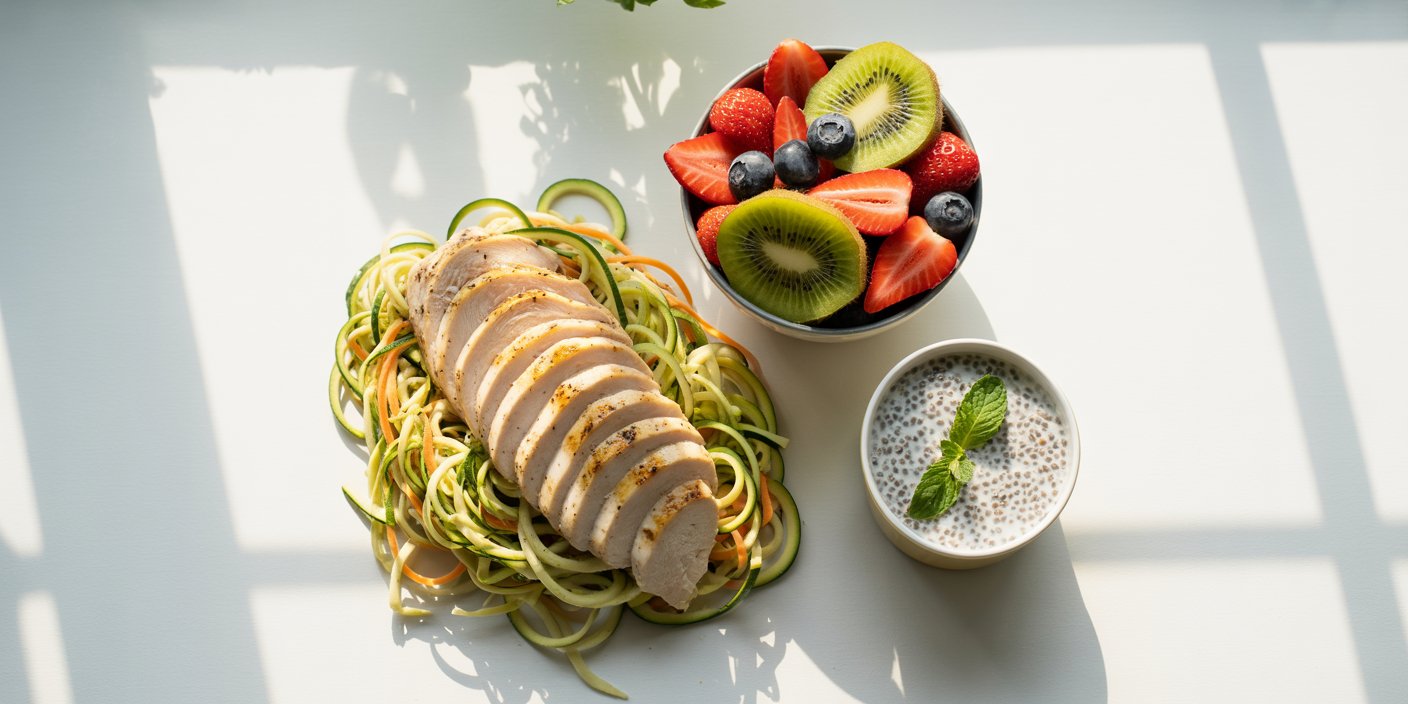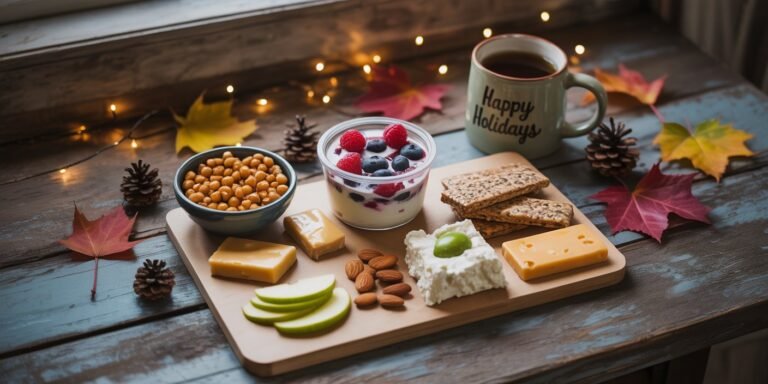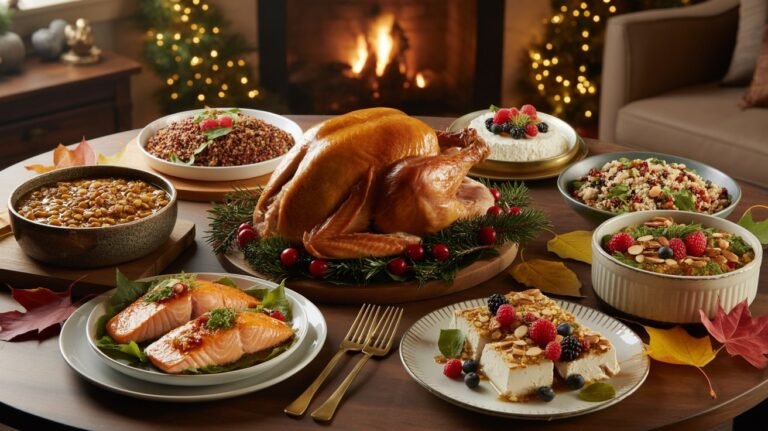Eating healthy doesn’t mean giving up on flavor. In fact, some of the best meals are those that are low in calories yet big on taste, proving that you can enjoy delicious food while still reaching your weight-loss or wellness goals.
The key is choosing recipes that use wholesome ingredients, smart cooking methods, and creative flavor combinations—so you never feel like you’re missing out.
Low-calorie meals aren’t just about dieting—they’re about balance, portion control, and nourishment.
By focusing on nutrient-dense foods like lean proteins, fresh vegetables, whole grains, and healthy fats, you can create meals that leave you satisfied without piling on unnecessary calories.
Whether you’re trying to lose weight, maintain your current lifestyle, or simply add healthier meals to your weekly routine, these recipes make it simple and enjoyable.
In this roundup, you’ll find:
- ✅ Quick and easy low-calorie dinners for busy weeknights
- ✅ Flavor-packed lunch and snack ideas that keep cravings away
- ✅ Comfort food makeovers that taste indulgent without the extra calories
- ✅ Healthy, guilt-free recipes the whole family will love
No bland “diet food” here—just real, tasty meals that are both good for your body and satisfying to your taste buds.
Let’s dive into the best low-calorie recipes that taste amazing, and start enjoying healthy meals without the guilt!
1. What Does Low-Calorie Really Mean?
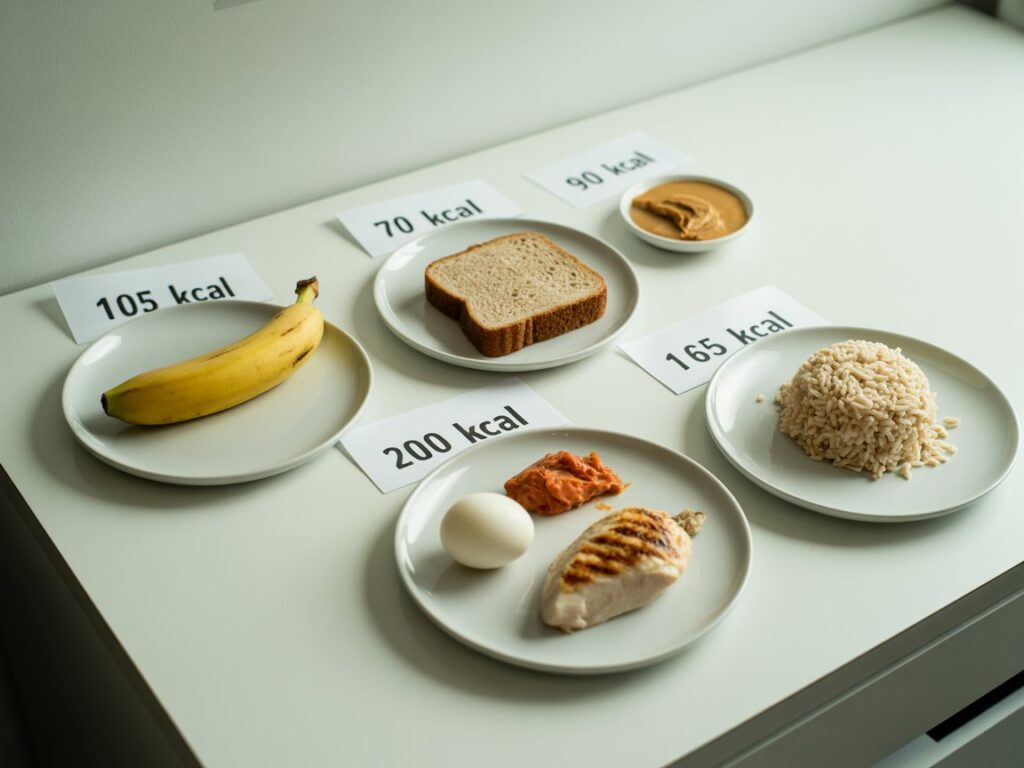
Low-calorie foods generally contain fewer than 400 calories per serving for meals and under 150 for snacks. These foods focus on volume, fiber, protein, and hydration to help you feel full without overconsuming.
Common ingredients in low-calorie meals:
- Leafy greens
- Lean proteins (chicken breast, tofu, fish)
- Legumes
- Whole grains in moderation
- Fresh fruits and vegetables
2. Low-Calorie Breakfasts to Jumpstart Your Day
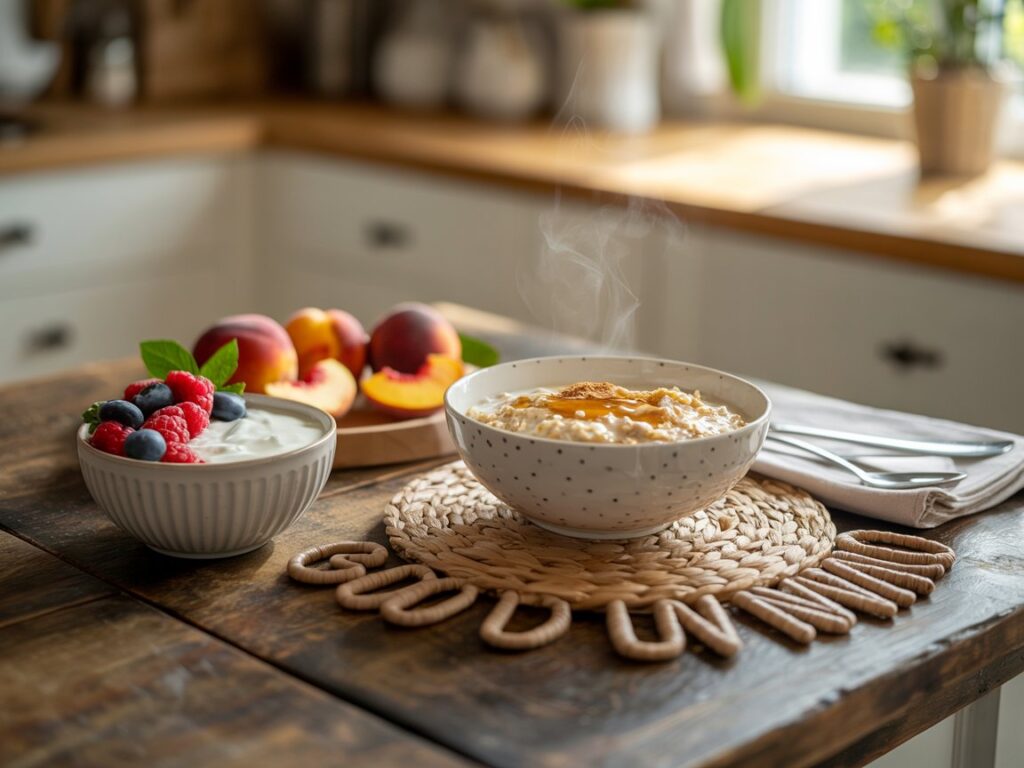
Start your morning light and energized:
- Greek Yogurt with Berries & Chia – Protein-packed and under 200 calories.
- Egg White Omelet with Spinach and Mushrooms – High in protein, low in fat.
- Banana Oat Pancakes – Made with just bananas, oats, and egg whites.
These meals keep you full without adding unnecessary calories.
3. Satisfying Low-Calorie Lunch Ideas
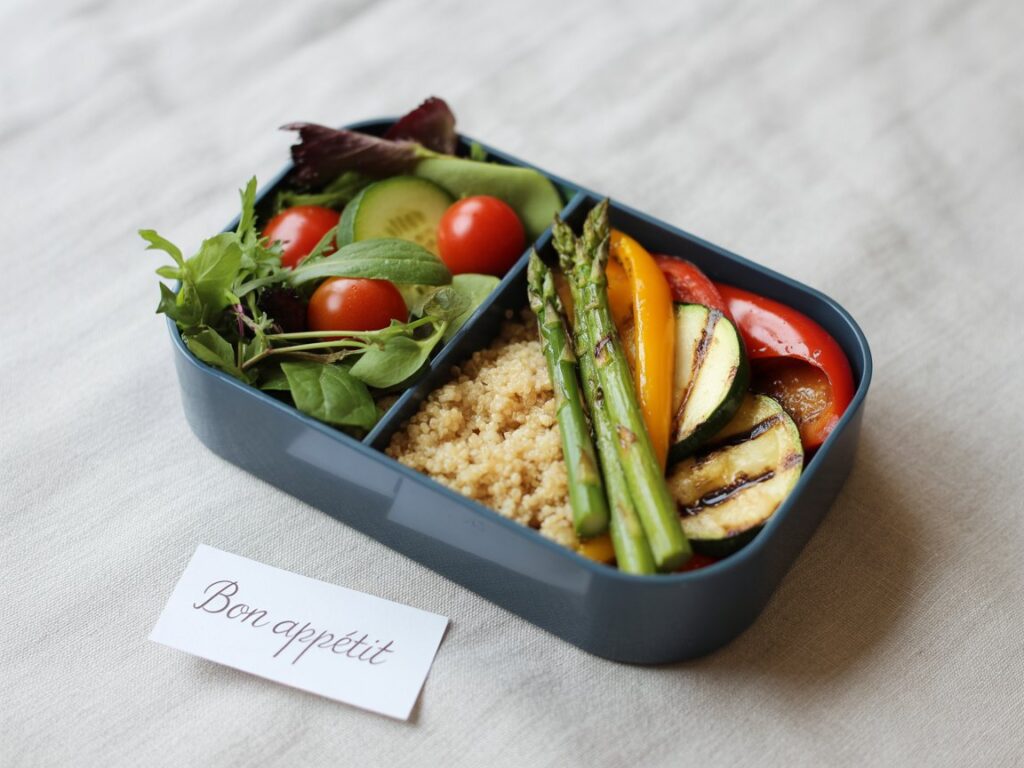
Midday meals should nourish without causing fatigue:
- Grilled Chicken Salad with Lemon Vinaigrette – Light, protein-rich, and crisp.
- Lentil Soup with Fresh Herbs – A hearty bowl with fiber and minimal fat.
- Zucchini Noodles with Marinara Sauce – A pasta swap that saves calories.
Ideal for office, school, or at home.
4. Flavor-Packed Low-Calorie Dinners
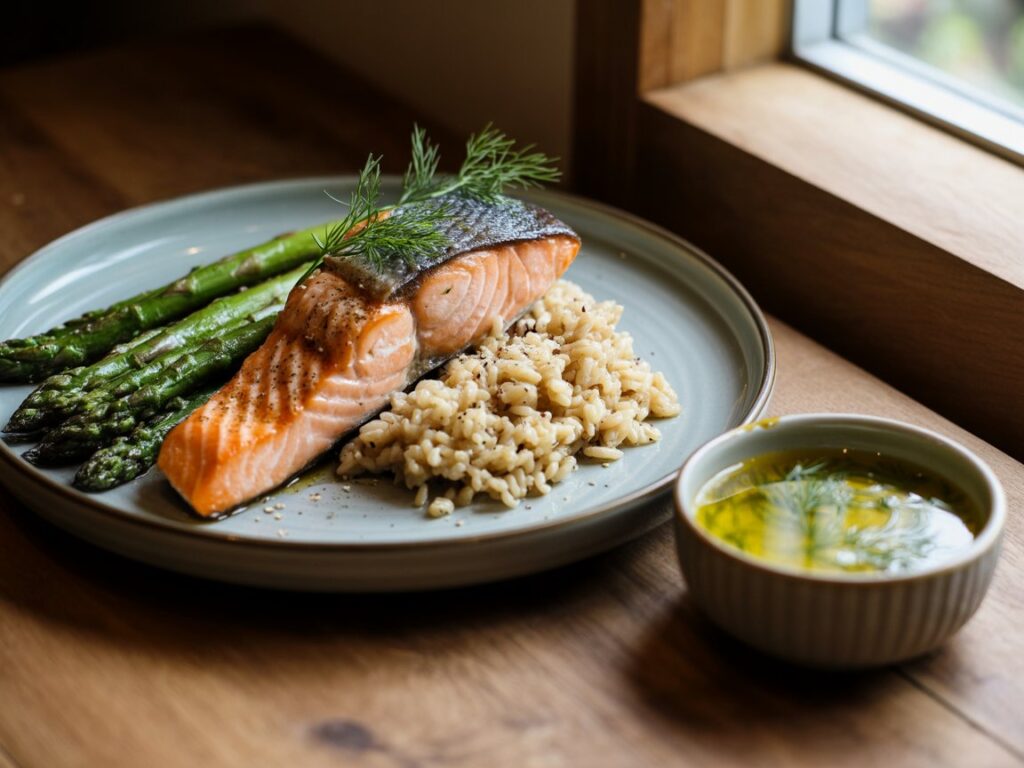
End the day with comforting yet healthy meals:
- Baked Salmon with Steamed Broccoli and Quinoa
- Stuffed Bell Peppers with Turkey and Brown Rice
- Cauliflower Fried Rice – Sautéed with egg, veggies, and tamari.
Balanced dinners prevent late-night cravings.
5. Low-Calorie Snacks That Actually Satisfy
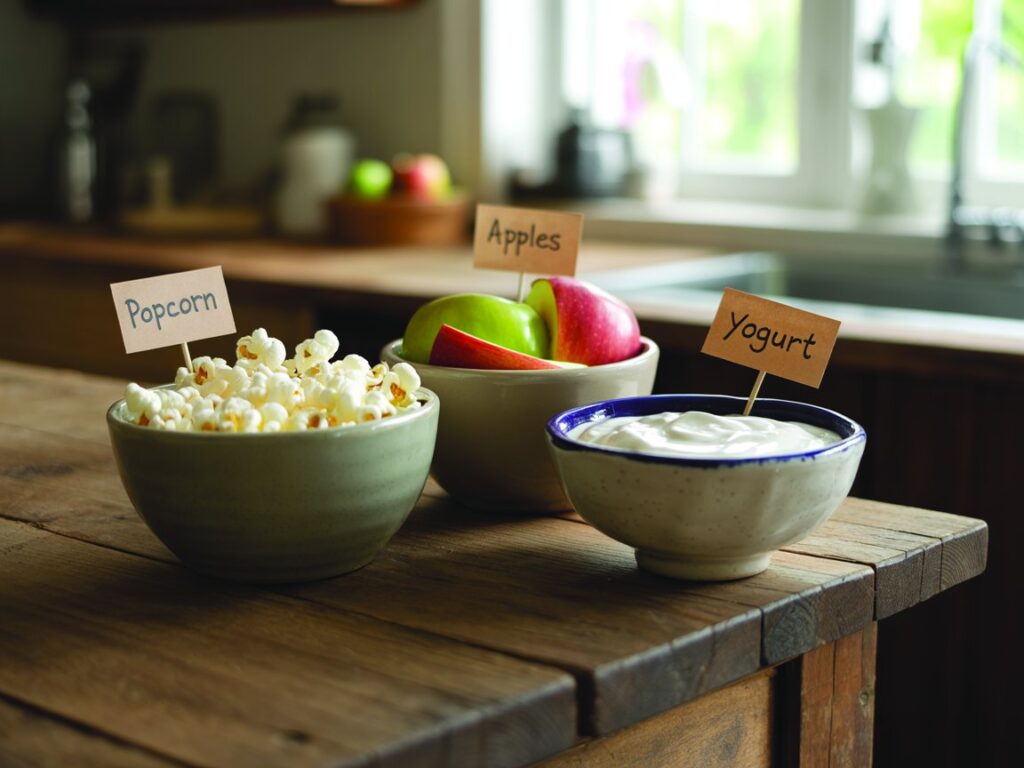
Keep hunger at bay between meals with these ideas:
- Air-Popped Popcorn – Low in calories and high in volume.
- Apple Slices with Peanut Butter – A perfect mix of fiber and healthy fat.
- Cottage Cheese and Cucumber – Refreshing and protein-dense.
Snack wisely and you won’t need to overeat later.
6. Low-Calorie Desserts You’ll Love
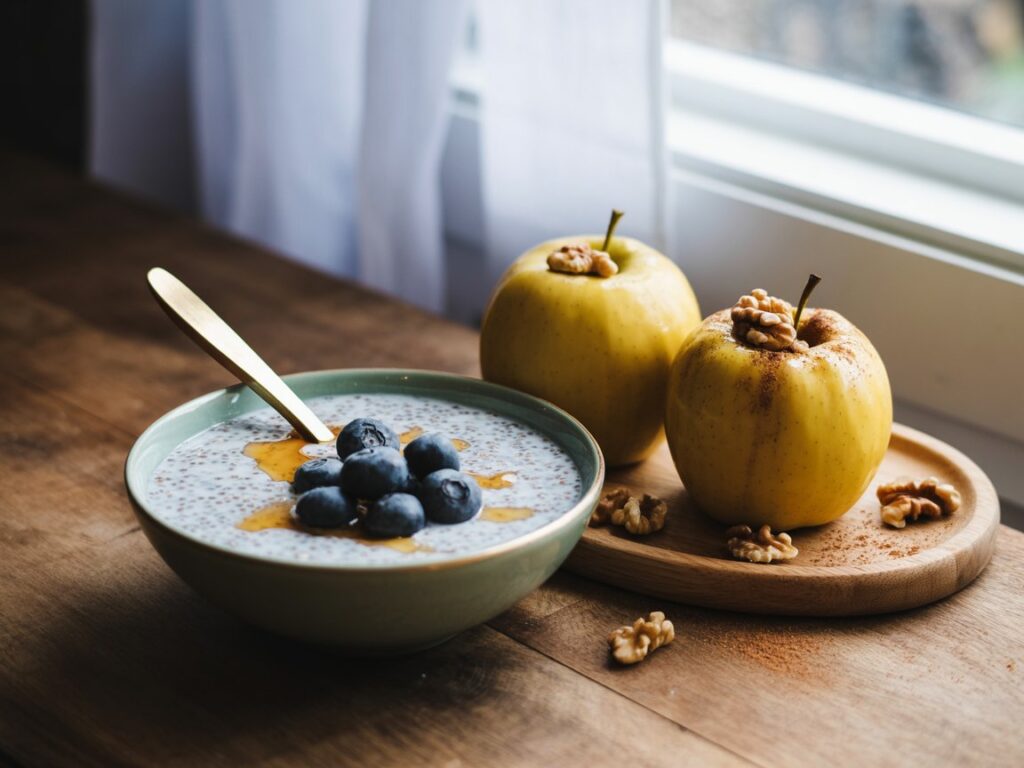
Craving something sweet? These desserts won’t derail your goals:
- Chia Seed Pudding with Almond Milk and Vanilla
- Frozen Yogurt with Fresh Strawberries
- Baked Apple Slices with Cinnamon
Guilt-free treats are possible with the right ingredients.
7. Tips to Make Any Recipe Low-Calorie
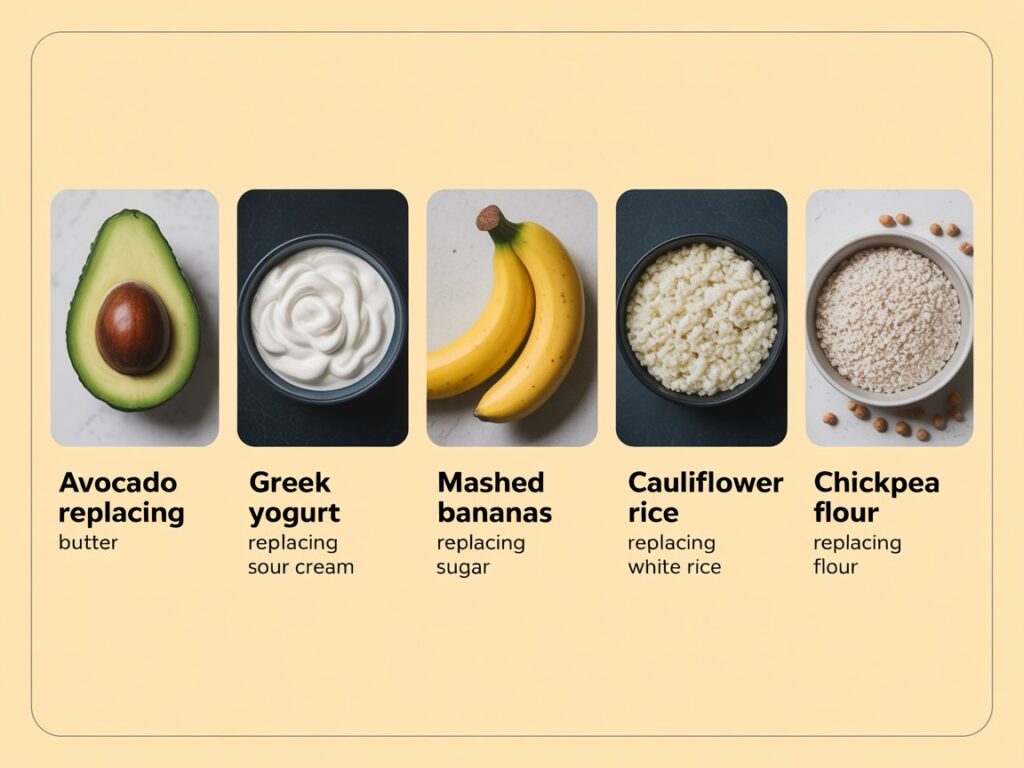
- Swap heavy cream for Greek yogurt or cashew cream
- Use herbs and spices instead of sugary sauces
- Bake or air-fry instead of frying
- Double the veggies in any recipe
- Watch portion sizes and serve on smaller plates
These small adjustments make a big impact on your daily intake.
FAQs About Low-Calorie Meals
Q1: Can I lose weight just by eating low-calorie foods?
Yes, reducing your calorie intake while maintaining nutrition is an effective way to lose weight.
Q2: Are low-calorie meals filling?
Absolutely. When meals include fiber, protein, and water-rich foods, they keep you full longer.
Q3: How many calories should I eat per meal to stay low-calorie?
Aim for 300–400 calories for meals and under 150 for snacks, depending on your personal goals.
Q4: Are low-calorie diets safe long term?
Yes, if they include all essential nutrients and you’re not under-eating. Balance is key.
Q5: Can I meal prep low-calorie recipes?
Definitely! Many low-cal meals are perfect for batch cooking and saving time.
